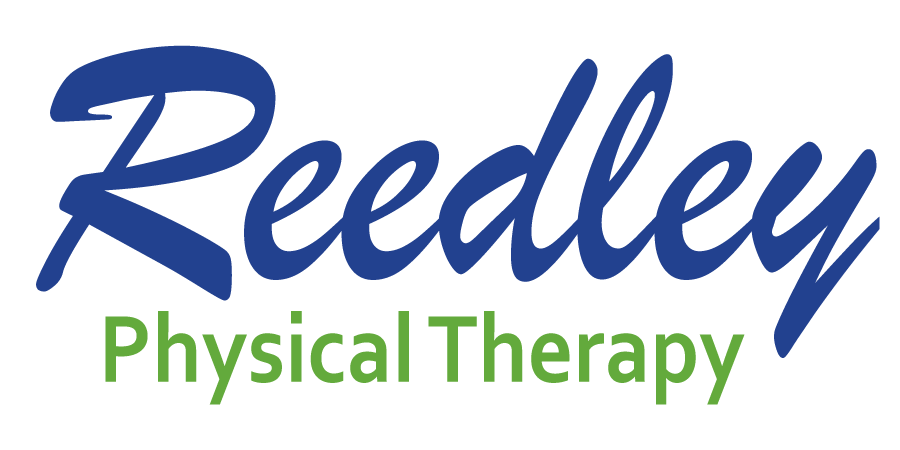Movement is Medicine: The Rotator Cuff… of the Hip
Most people are familiar with the rotator cuff of the shoulder. Those that have heard of the rotator cuff, heard about it through following sports and athletic injuries. Some may have heard about it because a friend or family member has had a rotator cuff injury or surgery. Not as many people are aware that the structure of the hip is very similar to that of the shoulder and that hip also has “cuff” muscles that provide stability and strength.
The shoulder and hip joints are similar in many ways. Both are considered ball and socket joints and each has a great deal of motion. They each have a strong joint capsule with an extra layer of support called a labrum. In addition, they have a group of muscles (cuff) that provide mechanical stability and compression of the joint surfaces. These muscles are aligned similarly and move the joints through similar ranges of motions. The shoulder, however, does not have to endure the weight of our body on a daily basis like the hip.
When it comes to injuries the hip is more protected in its bony socket than the shoulder. Similar injuries do occur including dislocation, fractures, labral tears, tendonitis and muscle tears. Interesting to note is 20 percent of hip fractures and 20 percent of women undergoing total hip replacements have tears in the hip rotator cuff.
Another fascinating difference between the shoulder and the hip is that the hip cuff muscles have a dual purpose. The hip rotator cuff acts and pulls on the hip differently depending on whether the hip is bent or straight.
Getting back to the idea of the hip having to endure our weight every day, the muscle strength at the hip that is required for walking is actually three times our body weight. This is due to the shape and angle of the hip. The “ball” of the hip is angled away from the bone to fit into the socket. This angle results in increased leverage requiring the hip muscles to manage three times our body weight when walking. This number quickly increases to five to six times our body weight with running or going up and down stairs!
Remember we talked about the high percentage (20 percent) of hip fractures that have a tear in the rotator cuff of the hip? Add that to the idea that these muscles need to be three to six times stronger to move our body with everyday activities such as walking and going up and down stairs. It’s not hard to realize how important it is to keep these muscles strong.
Here are three exercises for strengthening your hip rotator cuff:
- Stand on one leg: Standing on one leg not only challenges your balance, it also makes the rotator cuff of the hip contract to stabilize the hip. Practice standing on one leg throughout the day. Balance for 10-30 seconds five to 10 times.
- Standing leg push: Stand next to a wall, close enough that your hip is touching the wall. Balance on the leg that is away from the wall. Lift the leg closest to the wall and press it against the wall. Hold for 10 seconds and repeat five to 10 reps each side. This exercise is great because it works both the hip pressing into the wall and the hip that you are standing on.
- Clam shells: Lie on your side with your hips and knees bent. Keeping your belly drawn in tight and your feet together, lift your knee up. Only lift as high as you can go without rolling backward. Slowly lower. Repeat this exercise 10 times. Remain in the same position, keep your knees together and lift your foot up. Remember not to let your body roll. Repeat each exercise 10 times then perform on the other hip. Work up to two sets of the exercise.
In our practice, many patients present with a weak hip rotator cuff. We commonly see loss of strength in athletes, and people with foot, knee and back injuries. Some people with injuries to hip rotator cuff have difficulty sleeping on their sides at night. The exercises above are a simple way to improve the strength of the hip rotator cuff and promote hip health. If you have difficulty or pain with these exercises contact your physician or physical therapist to get your hip checked out.
Learn more about movement, fitness and health in this space each week or by visiting www.alliancehealthfresno.com, or calling 478-5833. Dr. Maria Fermoile is a doctor of physical therapy at Alliance Health in Fresno. She will be happy to answer questions submitted to maria@reedleyphysicaltherapy.com.


